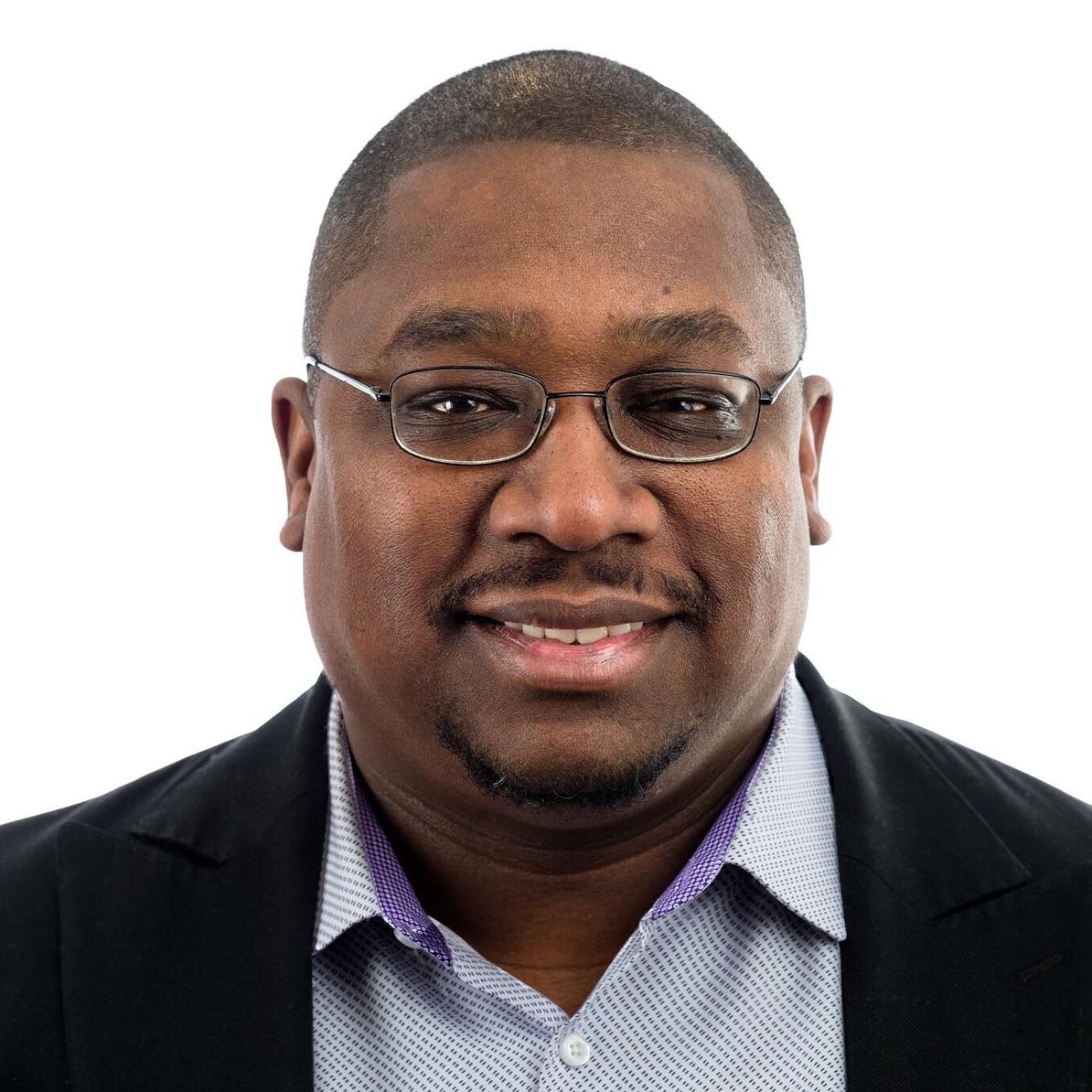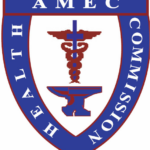Becoming AME
By Rev. Dr. Sidney Williams, Contributing Writer
For some, the idea of being a member of the AME Church is a commitment to preserve the liturgical traditions, historical landmarks, and family relationships. For others, membership in the AME Church is more about being part of a movement grounded in liberation and social holiness for all people. Either way, the church is moving on and nothing remains the same. From Bishop Richard Allen to Bishop Frank Madison Reid, III, we are still becoming the AME Church. The fundamental question is “What kind of our church are we becoming?”
The AME Church was the preeminent place of refuge and community organizing during the abolitionist and Reconstruction era (1787 to 1877). Bishop Daniel Payne helped to more clearly define the place of preeminence when he began to lead the church in 1852. Bishop Payne established an order and structure that rejected the folk religion of the invisible institution in the hush harbors that provided hidden space for spiritual healing and renewal. Like the Methodist Episcopal Church, the AME Church established its institutional church through church hymnals, liturgy, training of ministers, and ecclesiastical hierarchy, e.g. presiding elders. Today, we have an unparalleled structure that spans the Diaspora of African peoples throughout the world. However, is this what it means to become AME in the present era?
Given a disproportionately larger constituency of the working poor and senior citizens that comprise many of our local congregations, the AME Church is struggling under extraordinary economic difficulty. This is exacerbated by the fact that many of our older congregations must maintain their historic buildings, support Episcopal District projects, and provide presiding elder support. Consequently, the work of the local church becomes distorted, giving primacy to hierarchy over community and structure over the substance of mission. Has becoming AME been reduced to only “opening the doors” of the church, while we ignore those who are wounded and battered by the ravaging and racist social injustices of our present era?
Becoming AME in the present era must focus on communal healing practices that are less about eliminating pain and more about helping to initiate the public dimension of the grief process. In their book, The House We Build,Terry Bookman and William Kahn argue that healthy congregations are able to absorb the pain of traumatic events; and, rather than becoming sick from that pain, they find ways to live with the pain and understand its meanings. While healthy congregations can do much to prevent traumatic moments from occurring within the church by creating strong, clear, and vibrant relationships among and between clergy, lay leaders, and congregants, they cannot guarantee that such moments will not occur.
In Our Home is Over Jordan, Homer Ashby chronicles the loss of the village and how Africans in the Diaspora need to recapture the village functions that once sustained Africans before slavery and colonization. Ashby further points out that this fragmentation and relational disconnections among African people are fueling the violence, crime, and confusion rampant in many predominantly-African American communities.
Perhaps becoming AME begins with becoming African, i.e., embracing African principles like Ubuntu and Kuumba for establishing healing communities. Maybe it is time to embrace the idea of African bishops and pastors for the Diaspora and not just for the African content. Let’s grow in grace together and become the AME Church.
The Rev. Sidney S. Williams, Jr. is the pastor of Bethel AME Church in Morristown, New Jersey. He is an adjunct instructor at Payne Theological Seminary and author of Morning Meditations: 100 Days to Believing You’re Successful.





